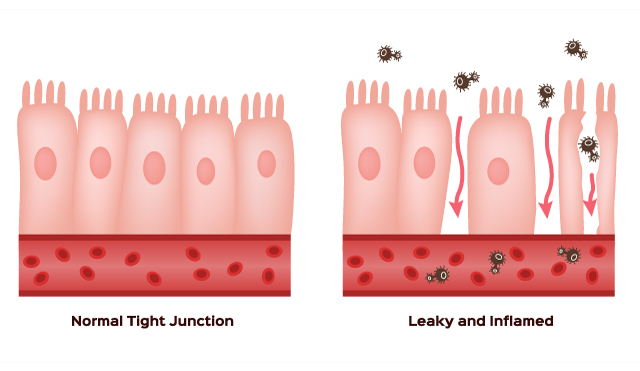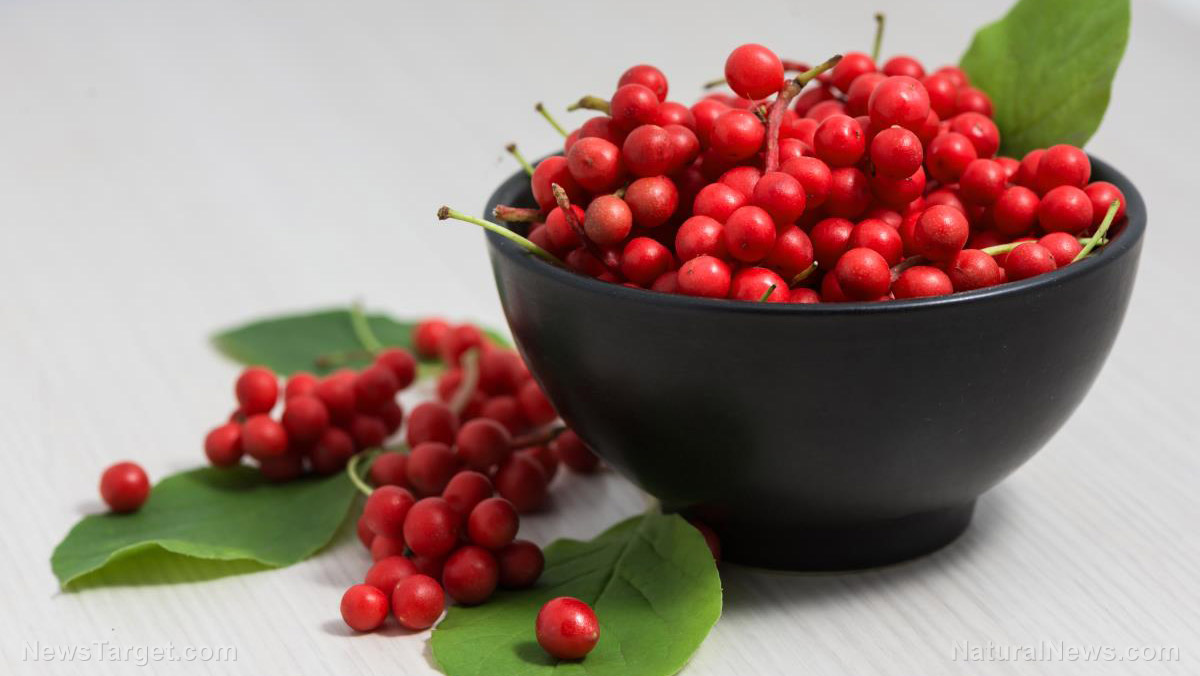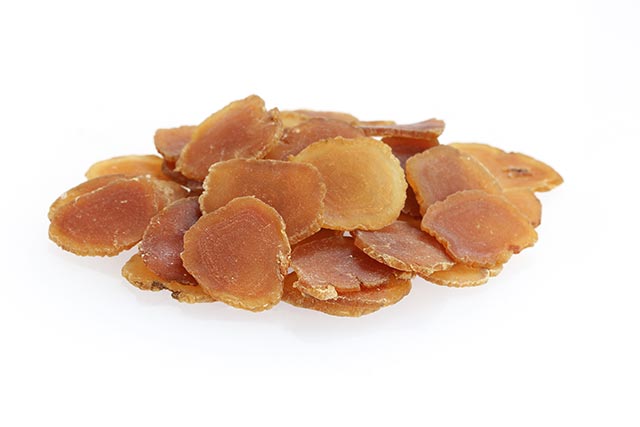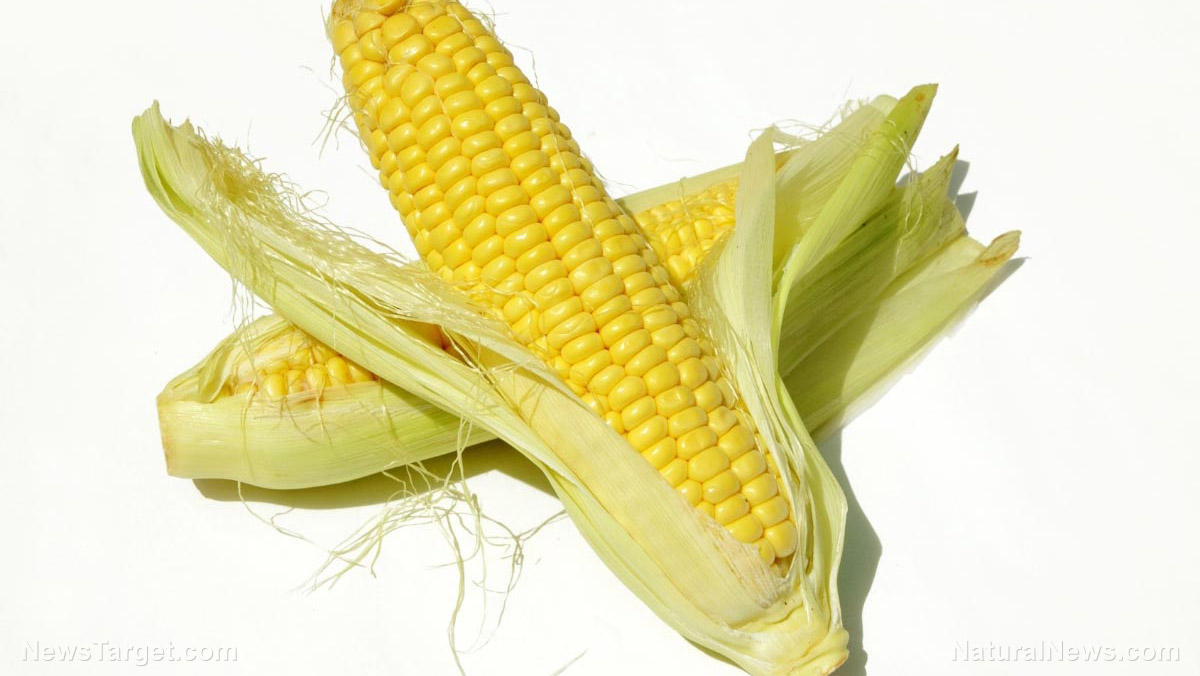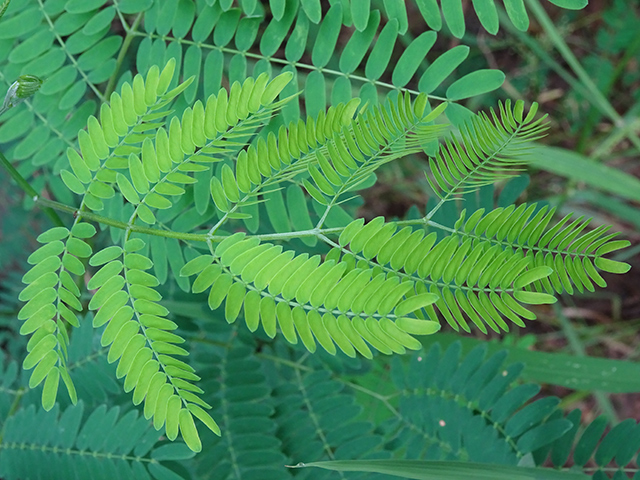Review looks at efficacy of herbal medicines against influenza virus
07/30/2019 / By Evangelyn Rodriguez

In this article, researchers from The Ohio State University systematically reviewed various herbal extracts which, according to numerous studies, exhibit anti-viral activities against the influenza virus. This review was published in The American Journal of Chinese Medicine.
- The researchers noted that the influenza virus has remained a consistent threat to the well-being of a variety of species on the planet.
- Due to its high mutation rate, the influenza virus has rapidly and continuously evolved. It has now generated new strains that prove resistant to antiviral medications commercially available today.
- This increased resistance has compelled the scientific community to explore other compounds that have antiviral effects against the influenza virus.
- Numerous herbal extracts have shown antiviral activity against viruses, including influenza.
- These herbal extracts target viral proteins like hemagglutinin, neuraminidase, and matrix 2 proteins.
- Some studies have also reported that certain herbal extracts can inhibit the replication of oseltamivir-resistant strains. In particular, herbal extracts that contain pentacyclic triterpenes have exhibited higher anti-viral activity than oseltamivir, an antiviral drug.
- The researchers discussed the possibility of targeting various host-cell signaling pathways used by the influenza virus during replication.
- According to studies, infected host cell pathways are hijacked by intracellular signaling cascades, such as the NF-kB signaling, the PI3K/Akt pathway, the MAPK pathway, and the PKC/PKR signaling cascade.
- Herbal antivirals can target these pathways by suppressing the nuclear export of influenza vRNP. This inhibits the phosphorylation signaling cascade.
Based on these findings, the researchers concluded that herbal antivirals can effectively inhibit the influenza virus and have the potential to be developed into modern antiviral medicines.
Journal Reference:
Lee JY, Abundo MEC, Lee CW. HERBAL MEDICINES WITH ANTIVIRAL ACTIVITY AGAINST THE INFLUENZA VIRUS, A SYSTEMATIC REVIEW. The American Journal of Chinese Medicine. 2018;46(08):1663–1700. DOI: 10.1142/s0192415x18500854
Tagged Under: alternative medicine, antiviral, disease treatments, drug-resistant virus, Flu, herbal medicine, Herbs, immune system, influenza, influenza virus, medicinal plants, natural cures, natural medicine, oseltamivir, plant compounds, remedies, research, virus
RECENT NEWS & ARTICLES
COPYRIGHT © 2017 RESEARCH NEWS




